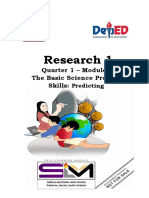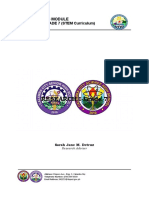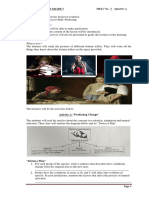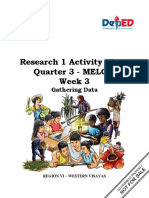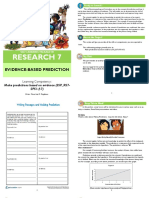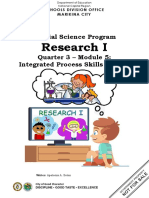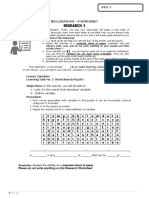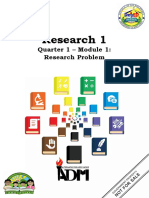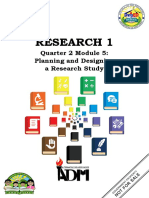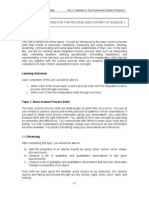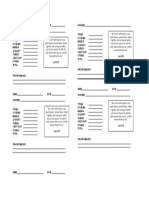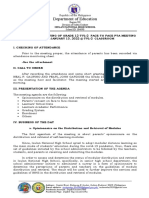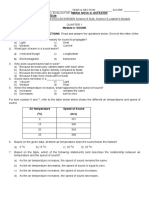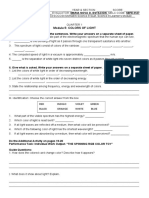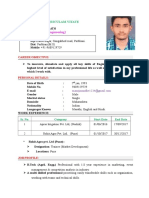0% found this document useful (0 votes)
1K views16 pagesWeek5 Module 5
This document discusses the basic science process skill of classifying, which involves grouping objects or events based on observable similarities and differences. An example is provided of classifying solid wastes according to whether they are biodegradable or non-biodegradable. Students are given exercises to practice classifying living and non-living things, as well as grouping animals according to characteristics like mobility, growth, habitat, or type of food consumed.
Uploaded by
BENNY CALLOCopyright
© © All Rights Reserved
We take content rights seriously. If you suspect this is your content, claim it here.
Available Formats
Download as PDF, TXT or read online on Scribd
0% found this document useful (0 votes)
1K views16 pagesWeek5 Module 5
This document discusses the basic science process skill of classifying, which involves grouping objects or events based on observable similarities and differences. An example is provided of classifying solid wastes according to whether they are biodegradable or non-biodegradable. Students are given exercises to practice classifying living and non-living things, as well as grouping animals according to characteristics like mobility, growth, habitat, or type of food consumed.
Uploaded by
BENNY CALLOCopyright
© © All Rights Reserved
We take content rights seriously. If you suspect this is your content, claim it here.
Available Formats
Download as PDF, TXT or read online on Scribd
/ 16






